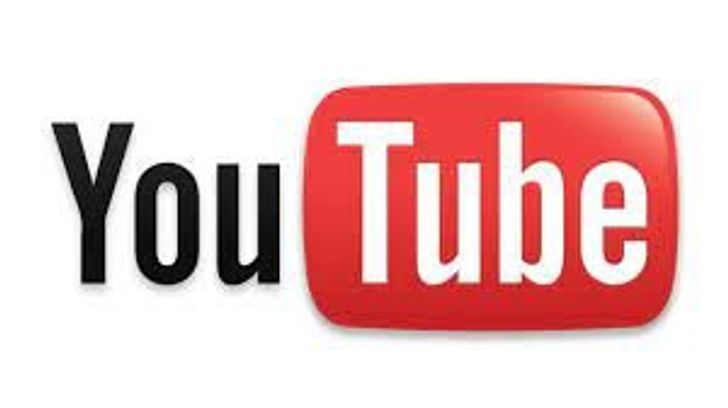In the past decade, the rise of YouTube has significantly transformed the media and entertainment industries. From its inception in 2005, YouTube has grown to become the largest online video-sharing platform in the world, with more than two billion monthly active users.
In the past decade, the rise of YouTube has significantly transformed the media and entertainment industries. From its inception in 2005, YouTube has grown to become the largest online video-sharing platform in the world, with more than two billion monthly active users.
YouTube has provided a platform for creators to produce and distribute content that is accessible to a global audience. The impact of YouTube on traditional media and entertainment industries can be seen in several ways, including the rise of online video consumption, changes in the way content is produced and distributed, and the emergence of new forms of media and entertainment.
The rise of online video consumption
One of the most significant impacts of YouTube has been the rise of online video consumption. With more than two billion monthly active users, YouTube has become the go-to platform for video content, with users watching more than a billion hours of video every day. This has led to a decline in traditional media, such as TV and print, as viewers increasingly turn to online video content for their entertainment and news.
As a result, traditional media companies have had to adapt to stay relevant. Many have launched their own online video platforms or partnered with YouTube to reach a broader audience. Additionally, advertisers have shifted their focus from traditional media to online video advertising, leading to a decline in revenue for traditional media companies.
Changes in the way content is produced and distributed
The rise of YouTube has also led to changes in the way content is produced and distributed. Unlike traditional media, YouTube provides a platform for anyone to create and distribute content. This has led to the emergence of new forms of media and entertainment, such as vlogging, gaming, and DIY videos.
Creators on YouTube can build a following and monetize their content through advertising revenue and brand deals. This has led to the rise of new influencers and celebrities, many of whom have gone on to launch successful careers outside of YouTube.
Additionally, YouTube has enabled creators to produce and distribute content on their own terms, without the need for traditional media companies. This has led to a democratization of media, as anyone with a camera and an internet connection can produce and distribute content that is accessible to a global audience.
You May Also Like To Read: Best Free YouTube Downloader For Mac
The emergence of new forms of media and entertainment
Finally, the impact of YouTube on traditional media and entertainment industries can be seen in the emergence of new forms of media and entertainment. YouTube has provided a platform for creators to experiment with new forms of content, such as interactive videos, virtual reality, and live streaming.
These new forms of media and entertainment have not only changed the way content is produced and distributed but also the way audiences consume content. For example, live streaming has become a popular way for creators to connect with their audiences in real-time, while virtual reality provides a new level of immersion and interactivity.
Conclusion
The impact of YouTube on traditional media and entertainment industries cannot be overstated. From the rise of online video consumption to changes in the way content is produced and distributed and the emergence of new forms of media and entertainment, YouTube has transformed the way we consume and create content. As YouTube continues to evolve and innovate, it will be interesting to see how it continues to shape the media and entertainment industries in the years to come.
You May Also Like To Read: Best Downloader For YouTube






 StableDiffusion
StableDiffusion Photo by
Photo by  Photo by
Photo by 
 full parking
StableDiffusion
full parking
StableDiffusion









